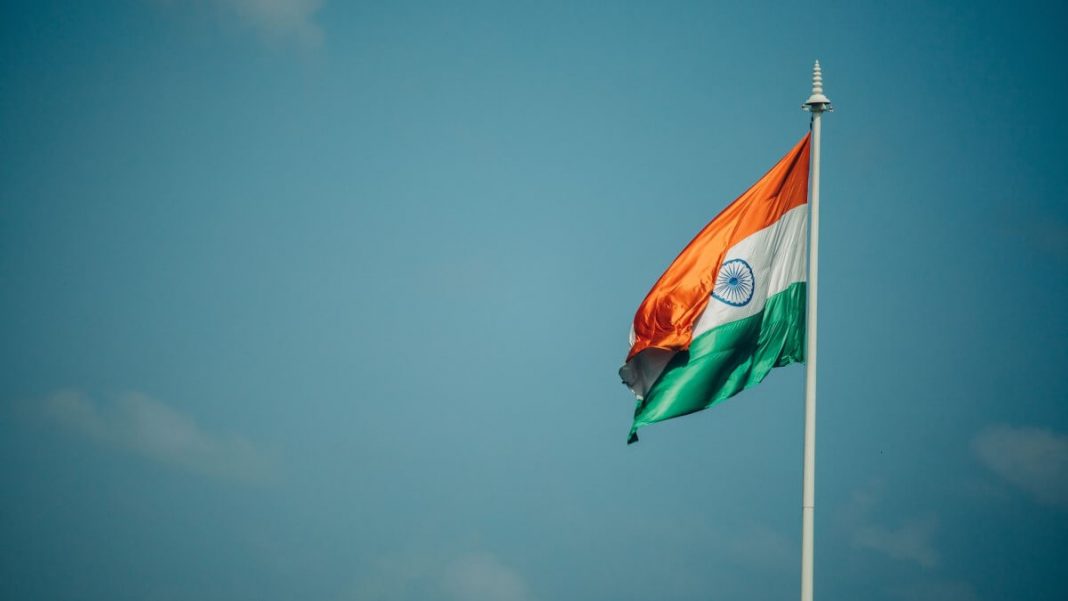In 2022, India was the second biggest source of new United States citizens after Mexico. The US welcomed 65,960 new Indian citizens that year, according to a report by the Congressional Research Service (CRS).
The CRS report also revealed that of the 46 million foreign-born people in the US, about 24.5 million, or 53 percent, were naturalized citizens. In total, 969,380 people became US citizens in 2022. Mexico had the most new citizens, followed by India, the Philippines, Cuba, and the Dominican Republic, VisaGuide.World reports
Specifically, Mexico had 128,878 new citizens, the Philippines had 53,413, Cuba had 46,913, and the Dominican Republic had 34,525.
As of 2023, 2,831,330 people born in India were living in the US. This makes India the second largest group of foreign-born people in the US, behind Mexico with 10,638,429 people, followed by China with 2,225,447.
The report further showed that 42 percent of people born in India and living in the US couldn’t become citizens. However, around 290,000 Indians with Green Cards or Legal Permanent Residency (LPR) can apply for citizenship.
Green Card Holder Citizenship Applications in US Fall Short in 2023 Despite High Eligibility
Recently, there have been delays in processing citizenship applications by the US Citizenship and Immigration Services (USCIS). As a result, the report disclosed that since 2020, they have reduced the backlog by more than half. By the end of 2023, there were 408,000 pending applications, down from 943,000 in 2020.
In 2023, 823,702 Green Card holders applied for citizenship, much lower than the estimated nine million who could have applied that year. The rate of becoming a citizen varies based on where people are from.
For instance, people from Honduras, Guatemala, Venezuela, Mexico, El Salvador, and Brazil have the lowest rates of becoming citizens. Meanwhile, those from Vietnam, the Philippines, Russia, Jamaica, and Pakistan have the highest rates.
To become a citizen, applicants need to meet certain requirements set by the Immigration and Nationality Act (INA), which means they must have been a Green Card holder for at least five years.
Moreover, the report highlights that many Indians have chosen to make the US their new home, contributing to its diverse population. Despite the existing backlog, there’s progress in processing citizenship applications, which offers hope for many Indians with Legal Permanent Residency (LPR) status to become US citizens.
California, Texas, Florida & New York Host Majority of US Foreign-Born Residents
According to an AP report, a Naturalization Ceremony held on March 8, 2024, in San Antonio saw women from over 20 countries becoming US citizens.
A new report from the US Census Bureau, released on April 9, 2024, also reveals that more than half of the foreign-born population in the US resides in just four states such as California, Texas, Florida, and New York. Over the past twelve years, this population has been ageing and becoming more educated, reflecting the country’s evolving demographics.
